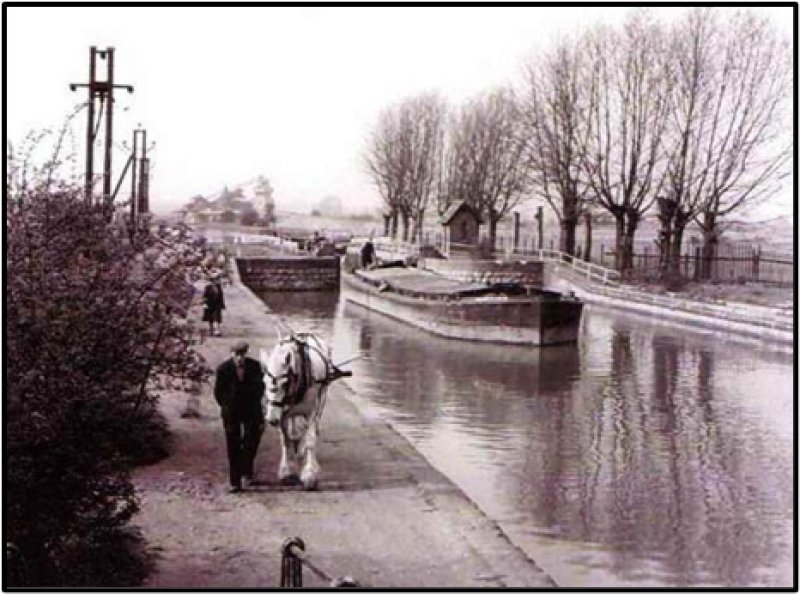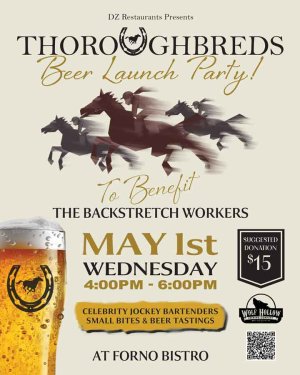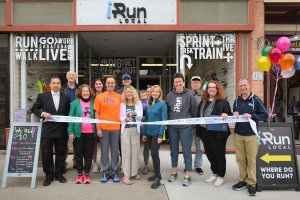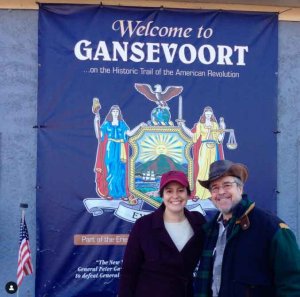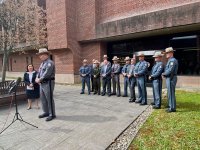John Shepard had been a canaller now for some time. He had relocated to Waterford, New York, from Massachusetts in 1838, to seek work in an area that was rich with opportunity. Twenty-five years have passed since then, and John was contemplative about his life, especially in the current times. As the canal season of 1863 was coming to its annual conclusion, he was reminded of the good fortune that has been his companion in this journey through life and on the towpath leading the mules that towed the canal boats.
Canals had played a curious role in John’s life. The bank failure in Massachusetts during the Panic of 1837 caused him to move to Waterford. As a result of the success of the New York State canals, other areas of the country were investing in canal building on borrowed money, and not all canals were as successful as those in New York State. Overinvestment by his home commonwealth and other states was the cause for him to move to Waterford, seeking the work that was available because of the canal. He was amused that the financial failures in one location, attributable to canals, led him to a successful career elsewhere. In any regard, John thought it was a curious twist of fate.
In 1823, the Champlain Canal became the first of New York’s Canals to be completed and in operation. This created a passageway between Lake Champlain and Canada to New York City and the world. This was followed in 1828 by the opening of the King’s Power Canal, which provided a more reliable source to create the power needed for Waterford’s growing industrial community. It was the single greatest contribution to Waterford’s development when built by John Fuller King.
John Shepard fancied himself a part of something much greater than a mule driver. The wealth of the area, the state, and the country, John thought to himself, is largely dependent on all the canallers, whose work and lifestyles help to make this waterway a great asset in a great country. Despite the current rebellion of the Southern States, the country was expanding in area and wealth. John took pleasure in his own estimate of the role he played on the canal.
His thoughts could wander as he walked the towpath leading his team; this day was pleasant, and he became reflective. He had achieved a measured amount of success and owned a nice home just 137 steps from the Champlain Canal. His family was well. His wife, Harriet Kennedy, was an industrious helpmate, and his son Charles had done well in school. He was doing quite well as a local peddler for a young lad, just 15 when he began the trade. He had grown into an accomplished agent at 18. John’s daughter, Rebecca, was an active, obedient child of 14 and a helpmate to her mother.
John was approaching Lock 4 on the Champlain Canal. It was a river or guard lock. The towpath was on the east side of the canal in Waterford. The canal will cross the Mohawk River here. The Fulton Street change bridge would enable the teams to change sides, enter lock 4, and continue a westward journey on the Erie or continue south to Albany and the Hudson River. To affect this crossing, the mules must change from the left side to the right side. The Change Bridge would allow the mules to change sides, never removing their tow lines or crossing them.
He often smiled to himself to hear some people speak of the mistreatment of mules. John owed his economic well-being to his mules and, like most teamsters and drivers, and owners, he cared for his mules. They were an essential part of his life. Unlike many other drivers, he did not name his mules. John felt the mules recognize his voice and his tone. They were well cared for and responded to his commands. That’s all that was needed for a successful relationship between a driver and his animals.
John’s thoughts cleared; he was over the bridge, and his breathing became a little easier. He was beginning to notice how involved with his thoughts he was becoming. Maybe it is his age, he thought. A young man, like his son Charles, doesn’t think about something, they just do it.
The day would start at daybreak for John. First, he would take a quick walk down to Grogh Street from his Sixth Street home, where his mules were stabled. There, he would ready his team for the day. Owning six, he would switch mules every day, or in very busy times, he would employ another driver if business warranted. On the two days each week that he towed for Rock Island, he would usually be home by 6 p.m. The other five days would depend on the towing jobs available. At the end of each day, he would return the mules to the Grogh Street stable and care for the mules, then walk back to his Sixth Street home to Harriet, Charles, and Rebecca.
These were dynamic times for Waterford, New York and the nation. John was pleased with himself, the canal, and his station in life but the same could not be said about John’s feelings for the state of the nation.
In 1863, the country was in the midst of the Civil War. John kept abreast of its activities in Harper’s Weekly and the sacrifices and sufferings of his friends and neighbors. He was praying it would end before his son would have a chance or desire to be involved.
The Christmas season of 1863 was a joyous one for the Shepard family. They all felt blessed and had much to be thankful for. That joy came to an end on December 27th when Charles announced that he had enlisted in the New York State 4th Brigade Heavy Artillery and would be entering the Union Army two days later. His letters back to his family over the next eight months are recounted in a new book, Dear Mother, I am the only one left! written by this author.
Russ VanDervoort is the Waterford Town Historian, leader of the Waterford Canal and Towpath Society and a Trustee of the Saratoga County History Center. He can be reached at This email address is being protected from spambots. You need JavaScript enabled to view it.




